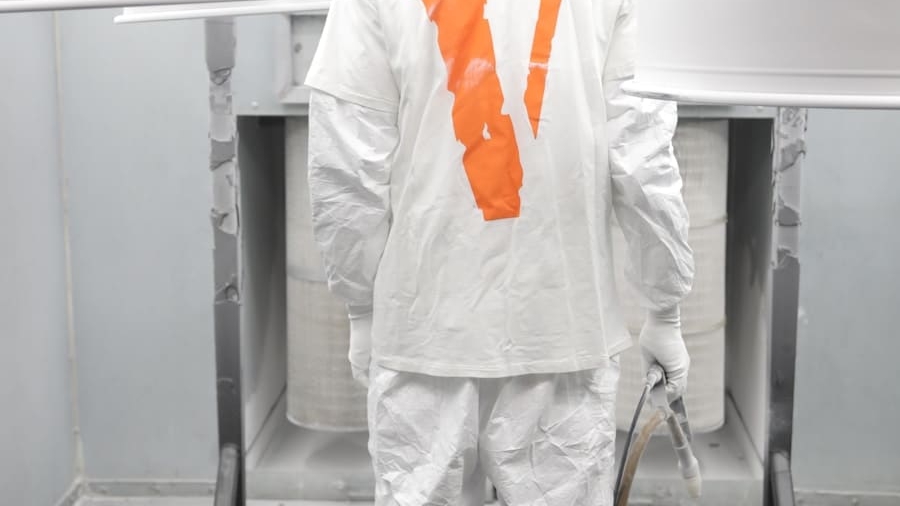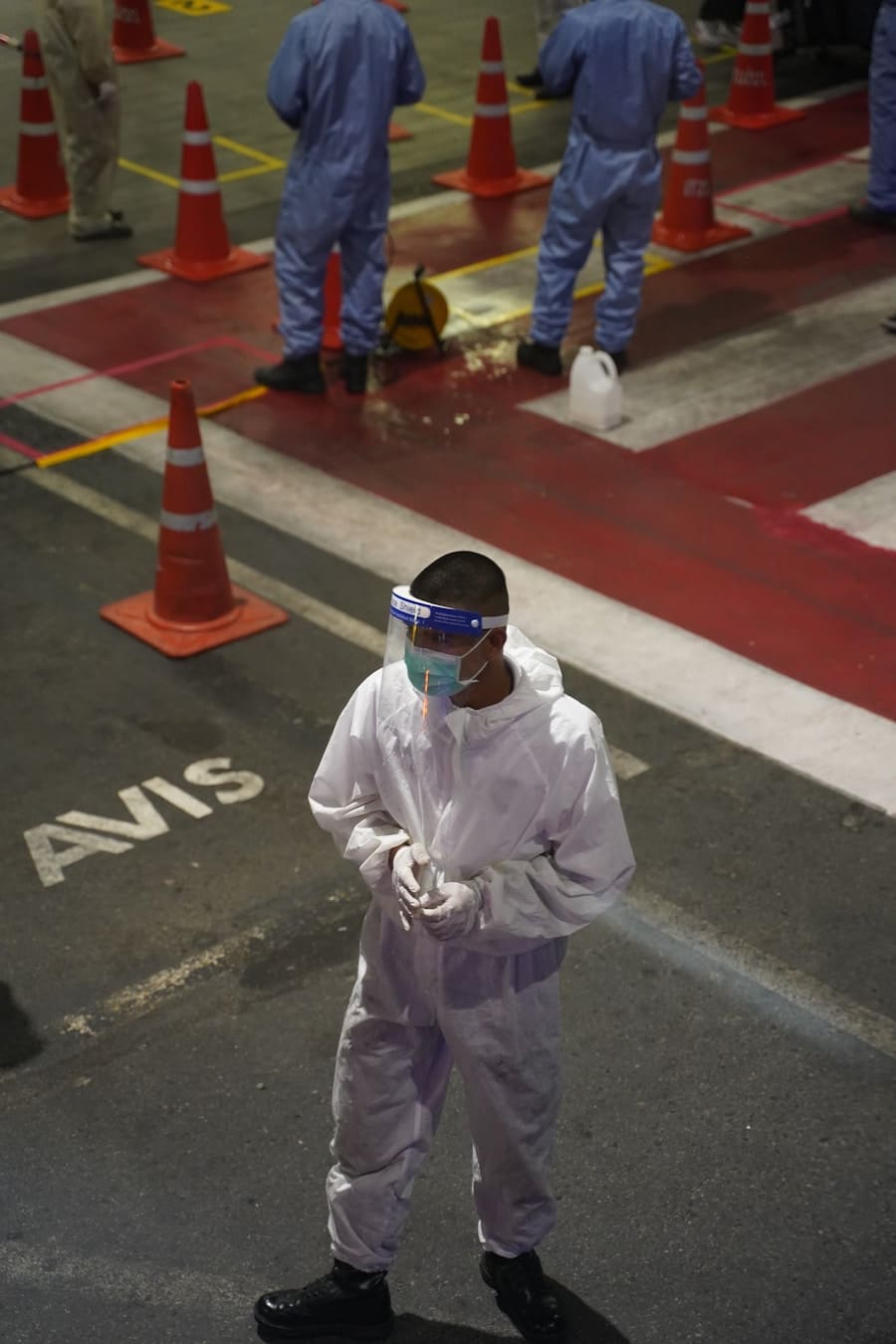The emergence of global health crises, particularly the COVID-19 pandemic, has underscored the critical need for effective disinfection protocols across various sectors, including healthcare, hospitality, and public transportation. In this context, robotics has emerged as a transformative technology, offering innovative solutions to enhance disinfection processes. The integration of robotics into disinfection protocols not only addresses the immediate need for cleanliness and safety but also revolutionizes traditional methods that often rely on manual labor.
As the world grapples with the challenges posed by infectious diseases, the role of robotics in disinfection has become increasingly prominent, paving the way for a new era of hygiene and sanitation. Robotic systems designed for disinfection utilize advanced technologies such as ultraviolet (UV) light, electrostatic spraying, and autonomous navigation to ensure thorough and efficient cleaning. These systems are engineered to operate in environments where human exposure to pathogens poses significant risks.
By automating disinfection tasks, robotics not only enhances the efficacy of cleaning protocols but also reduces the burden on human workers, allowing them to focus on more complex tasks that require human judgment and interaction. As we delve deeper into the advantages and applications of robotics in disinfection protocols, it becomes evident that this technology is not merely a temporary solution but a fundamental shift in how we approach hygiene in various settings.
Key Takeaways
- Robotics play a crucial role in disinfection protocols by providing efficient and effective solutions for sanitizing various environments.
- The advantages of using robotics for disinfection include increased speed, precision, and consistency in cleaning, as well as reduced human exposure to harmful chemicals and pathogens.
- Different types of robotics, such as UV disinfection robots, autonomous drones, and automated cleaning systems, are utilized in disinfection protocols to target different environments and surfaces.
- Robotics are instrumental in targeting hard-to-reach areas, such as narrow spaces, high ceilings, and complex surfaces, where manual cleaning may be challenging or impractical.
- The safety and efficiency of robotics in disinfection protocols are evident in their ability to minimize human error, reduce the risk of cross-contamination, and optimize resource utilization.
The Advantages of Using Robotics for Disinfection
One of the most significant advantages of employing robotics in disinfection protocols is the consistency and reliability they offer. Unlike human cleaners, who may vary in performance due to fatigue or oversight, robotic systems can execute disinfection tasks with precision and uniformity. For instance, UV-C robots can be programmed to follow specific paths and timings, ensuring that every surface receives adequate exposure to ultraviolet light, which is known to effectively neutralize a wide range of pathogens.
This level of consistency is crucial in environments such as hospitals, where the risk of healthcare-associated infections (HAIs) can have dire consequences for patient outcomes. Moreover, robotics can significantly enhance the speed of disinfection processes. Traditional cleaning methods often require extensive time and labor, particularly in large facilities such as airports or shopping malls.
Robotic systems can operate autonomously, covering vast areas in a fraction of the time it would take human workers. For example, a UV disinfection robot can treat an entire patient room in about 15 minutes, compared to manual cleaning methods that may take upwards of 30 minutes or more. This efficiency not only improves turnaround times for spaces that need to be sanitized but also allows for more frequent disinfection cycles, thereby reducing the overall risk of pathogen transmission.
Types of Robotics Used in Disinfection Protocols
The landscape of robotics used in disinfection is diverse, encompassing various types of machines tailored for specific applications. One prominent category is UV-C disinfection robots, which utilize ultraviolet light to eliminate microorganisms on surfaces and in the air. These robots are particularly effective in healthcare settings where pathogens like MRSA and difficile are prevalent.
By deploying UV-C light at specific wavelengths, these robots can disrupt the DNA of bacteria and viruses, rendering them inactive. The effectiveness of UV-C robots has been validated through numerous studies, demonstrating their ability to significantly reduce microbial load in clinical environments. Another type of robotic system gaining traction is electrostatic sprayers.
These devices use charged particles to ensure an even coating of disinfectant on surfaces, including those with complex geometries. The electrostatic charge causes the disinfectant droplets to adhere better to surfaces, enhancing coverage and reducing waste. This technology is particularly useful in environments such as schools and offices where high-touch surfaces need regular disinfection.
Additionally, some robots are equipped with advanced sensors and artificial intelligence (AI) capabilities that allow them to navigate autonomously while avoiding obstacles and optimizing their cleaning routes based on real-time data.
The Role of Robotics in Targeting Hard-to-Reach Areas
One of the persistent challenges in disinfection protocols is ensuring that hard-to-reach areas receive adequate attention during cleaning processes. Traditional manual cleaning methods often fall short in these scenarios due to physical limitations or oversight by human workers. Robotics addresses this issue by employing advanced navigation systems that enable them to access tight spaces and complex environments effectively.
For instance, robotic cleaners can maneuver under furniture or into corners where dust and pathogens tend to accumulate. In healthcare settings, robotic systems can be programmed to focus on high-risk areas such as behind medical equipment or within ventilation systems. These areas are often overlooked during routine cleaning but can harbor significant microbial populations.
By utilizing specialized attachments or configurations, robots can deliver disinfectants precisely where they are needed most. This targeted approach not only enhances overall cleaning efficacy but also contributes to a more comprehensive disinfection strategy that minimizes the risk of infection transmission.
Safety and Efficiency of Robotics in Disinfection Protocols
Safety is a paramount concern when it comes to disinfection protocols, especially in environments where vulnerable populations are present. Robotics plays a crucial role in enhancing safety by reducing human exposure to harmful chemicals and pathogens during cleaning processes. For example, UV-C disinfection robots operate autonomously and can be programmed to work during off-hours when human presence is minimal.
This ensures that staff and patients are not exposed to potentially harmful UV radiation while still achieving effective disinfection. In addition to safety benefits, robotics also improves efficiency by streamlining workflows and reducing labor costs associated with manual cleaning. Facilities can deploy robotic systems to handle routine disinfection tasks while human workers focus on more complex responsibilities that require critical thinking and interpersonal skills.
This division of labor not only optimizes resource allocation but also enhances overall operational efficiency within organizations. Furthermore, the data collected by robotic systems during their operations can provide valuable insights into cleaning patterns and areas that require additional attention, allowing for continuous improvement in disinfection protocols.
Integration of Robotics with Other Disinfection Methods
The integration of robotics with other disinfection methods represents a holistic approach to hygiene management that maximizes effectiveness while minimizing risks. For instance, many facilities are now combining robotic UV-C disinfection with traditional cleaning methods such as manual scrubbing or electrostatic spraying. This multi-faceted approach ensures that surfaces are first physically cleaned before being subjected to advanced disinfection technologies.
Moreover, robotics can be integrated with IoT (Internet of Things) technologies to create smart disinfection systems that monitor environmental conditions and adjust cleaning protocols accordingly. For example, sensors can detect elevated levels of particulate matter or microbial contamination and trigger robotic systems to initiate targeted disinfection efforts. This level of integration not only enhances the overall efficacy of cleaning protocols but also allows for real-time monitoring and reporting, providing stakeholders with actionable insights into hygiene practices.
Future Developments and Innovations in Robotics for Disinfection
As technology continues to evolve, the future of robotics in disinfection protocols holds immense potential for innovation and improvement. One area poised for growth is the development of more sophisticated AI algorithms that enable robots to learn from their environments and adapt their cleaning strategies accordingly. Machine learning techniques could allow robotic systems to identify patterns in contamination hotspots and optimize their routes for maximum efficiency.
Additionally, advancements in materials science may lead to the creation of self-disinfecting surfaces that work synergistically with robotic systems. For instance, surfaces coated with antimicrobial materials could reduce the need for frequent manual cleaning while allowing robots to focus on high-touch areas that require more intensive disinfection efforts. Furthermore, as public awareness around hygiene continues to grow, there will likely be increased demand for customizable robotic solutions tailored to specific industries or facility types.
The Impact of Robotics on Pandemic Response
The integration of robotics into disinfection protocols has fundamentally transformed how organizations approach hygiene management in response to pandemics and infectious disease outbreaks. By leveraging advanced technologies such as UV-C light and electrostatic spraying, robotics enhances the efficacy and efficiency of cleaning processes while minimizing risks associated with human exposure to pathogens. As we continue to navigate an increasingly complex landscape of public health challenges, the role of robotics will undoubtedly expand, offering innovative solutions that not only address immediate concerns but also lay the groundwork for a safer future.
The impact of robotics on pandemic response extends beyond mere disinfection; it represents a paradigm shift in how we conceptualize cleanliness and safety across various sectors.
The future promises exciting developments in this field, with ongoing research and innovation poised to further enhance our capabilities in combating infectious diseases through advanced robotic solutions.
In a recent article discussing the role of robotics in disinfection protocols during pandemics, it is important to consider the user experience (UX) of the software being used. According to a comprehensive guide on the best software for UX By utilizing the best software for UX, organizations can ensure that their robotics are operating at their full potential in keeping environments safe and clean. Robotics play a crucial role in disinfection protocols during pandemics by providing an efficient and effective way to disinfect various spaces, including hospitals, public areas, and transportation vehicles. Robots help in disinfection during pandemics by using various technologies such as UV-C light, hydrogen peroxide vapor, and other disinfecting agents to eliminate harmful pathogens from surfaces and air. Using robots for disinfection during pandemics offers several advantages, including increased efficiency, reduced human exposure to pathogens, and the ability to cover large areas quickly and consistently. Various types of robots are used for disinfection during pandemics, including autonomous mobile robots, UV-C disinfection robots, and drones equipped with disinfection capabilities. Yes, robots are considered a reliable and safe method for disinfection during pandemics when used according to manufacturer guidelines and industry best practices. However, it is important to complement robotic disinfection with other cleaning and hygiene measures for comprehensive protection.FAQs
What is the role of robotics in disinfection protocols during pandemics?
How do robots help in disinfection during pandemics?
What are the advantages of using robots for disinfection during pandemics?
What types of robots are used for disinfection during pandemics?
Are robots a reliable and safe method for disinfection during pandemics?



